Mesquite Growth Rate: How Fast Do They Grow?
Mesquite trees are fast growing. They can grow up to two feet annually. Almost all kinds of mesquite trees grow quick but hybrids and Chilean variety are extraordinary among them.
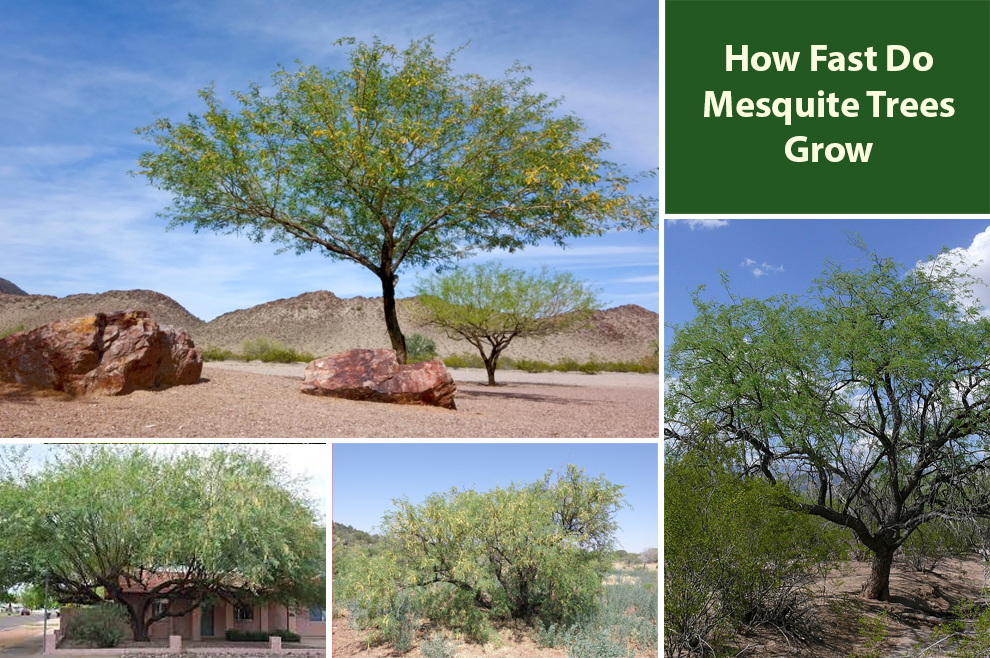
Mesquite trees are known for their relatively fast growth rates, although the exact speed can vary depending on various factors. Under optimal conditions, mesquite trees can exhibit rapid growth and establish themselves quickly.
It is difficult to exactly fix a number on how fast do mesquite trees grow. But on average Mesquites can grow 12 to 24 inches per year; however, it can change with the species and environmental factors.
Some hybrid mesquites are noted for their exceptional growth, capable of attaining a mature height of 30 to 40 feet with a spread of up to 30 feet.
However, it’s important to note that the growth rate can be influenced by factors such as genetics, climate, soil quality, water availability, and sunlight exposure.
With proper care and favorable conditions, mesquite trees can achieve significant growth and development in a relatively short period.
In this guide, we will be diving into the growth rate of mesquites, factors affecting their growth rate, and so on.
Do Mesquite Trees Grow Fast – How Quick Is It?
Yes, Mesquite trees generally have a fast growth rate of growing up to 24 inches per year. Their growth rate depends on environmental conditions. Factors such as water availability, temperature, and soil type play significant roles in determining the life and development of a tree.
When provided with optimal growing conditions, mesquite trees can reach a height of 40 feet when fully mature, which typically takes around 20 years, and they have a lifespan exceeding 100 years.
Their growth rate can only be hindered when they encounter unfavorable conditions.
Growth Rate of Other Trees: Palm Tree | Pine Tree | Banana Tree | Rainbow Eucalyptus | Ginkgo Tree | Blue Point Juniper | Tulip Trees | Ash Tree
Mesquite Growth Rate In Different Stages Of Development
Mesquite lifecycle can be divided into several stages, each with its characteristics and growth timeframes:
1. Germination and establishment
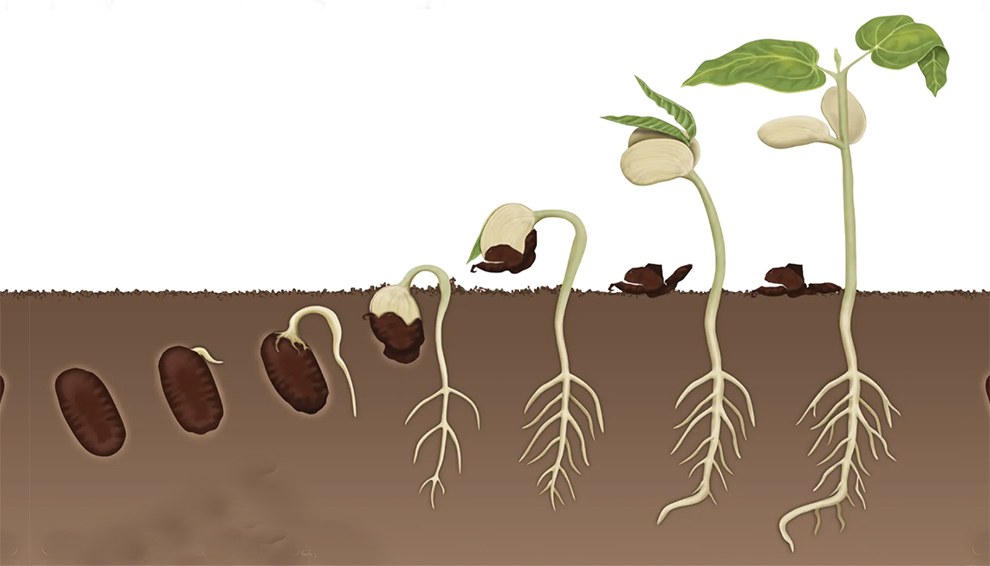
This stage begins when a mesquite seed germinates and establishes its root system in the soil. Germination can occur within a few days to a few weeks, depending on the specific conditions.
Once the seedling emerges from the ground, it starts developing its initial leaves and stems. This stage typically lasts for several weeks to a few months.
2. Seedling growth and development

During this stage, the mesquite seedling focuses on growing in height and establishing its above-ground structure. It develops more leaves and branches as it continues to strengthen its root system.
This stage can last for several months to a few years, depending on the environmental conditions and the specific growth rate of the individual tree.
3. Tree development
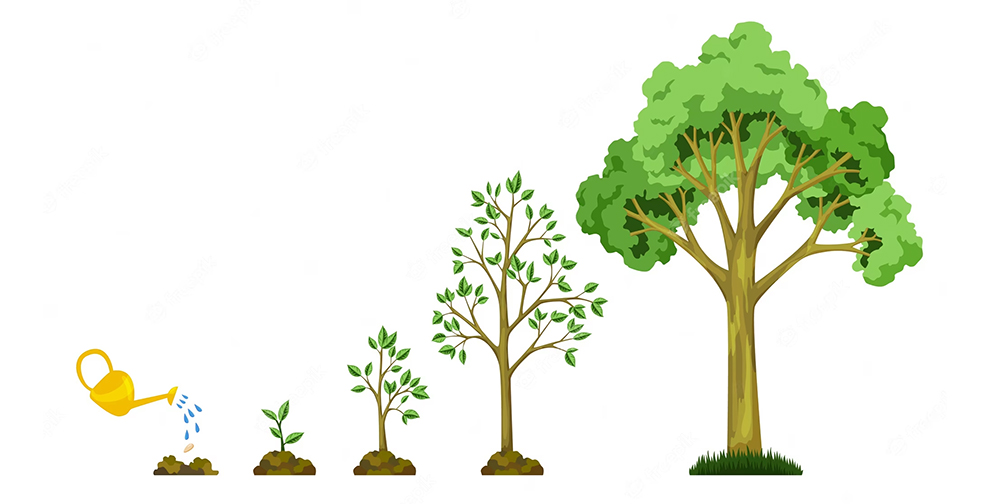
As the mesquite tree matures, it undergoes significant growth in both height and girth. It continues to develop branches and foliage, reaching its full potential in terms of size and form.
The time required to reach maturity can vary, but on average, mesquite trees may take around 20 years to reach their maximum height of approximately 40 feet.
The exact duration of each stage can slightly vary from tree to tree.
The Growth of A Fully Grown Mesquite Tree
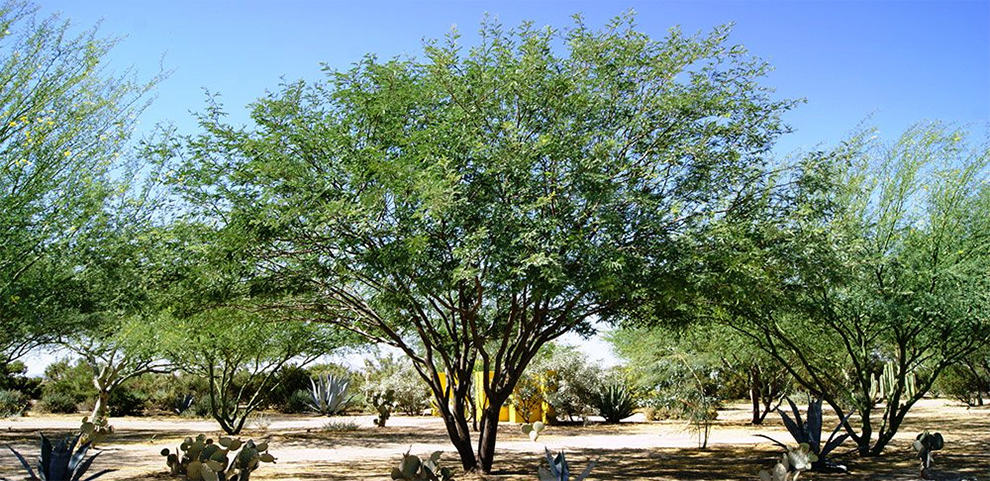
Mesquite trees exhibit distinct features in terms of tree height, diameter, and biomass accumulation.
- Tree Height: A fully grown mesquite tree typically reaches a height of around 40 feet. However, in some cases, certain species of mesquite trees can grow even taller, reaching heights of up to 50 or 60 feet.
- Tree Diameter: The diameter of a fully grown mesquite tree can vary, depending on the species and environmental conditions. On average, the diameter of a mature mesquite tree ranges from approximately 1 to 2 feet.
- Biomass Accumulation: Mesquite trees are known for their ability to accumulate biomass efficiently, particularly in their above-ground structures.
However, larger and older mesquite trees may have diameters exceeding 3 feet or more.
The biomass accumulation of a fully grown mesquite tree can be substantial, with a well-developed canopy of branches, leaves, and twigs.
Additionally, mesquite trees possess an extensive root system that contributes to their overall biomass. The exact biomass accumulation can vary depending on factors such as species, growing conditions, and the age of the tree.
Factors Affecting Mesquite Growth Rate
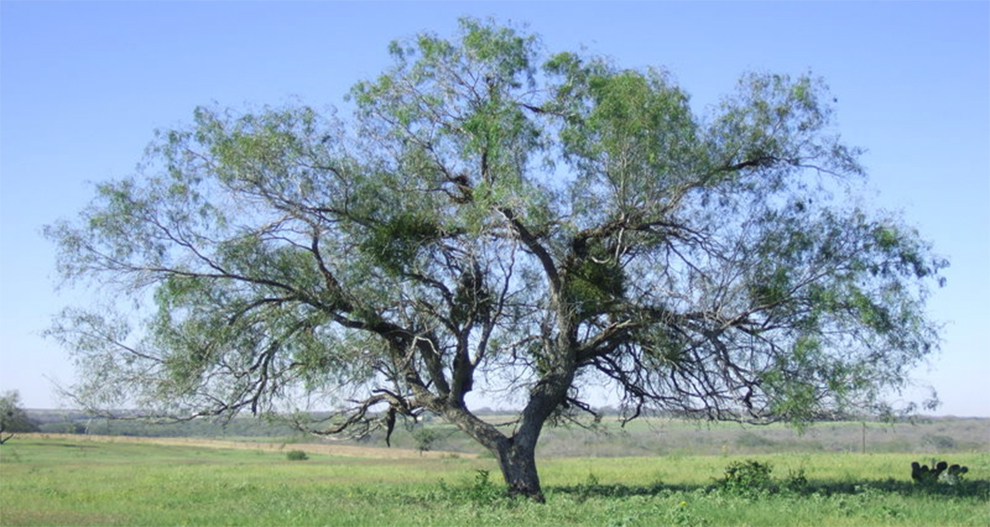
Many factors influence the growth rate of mesquite trees. Let’s look at some of the important ones:
A. Genetic factors
Genetic factors play a crucial role in shaping the growth and characteristics of mesquite trees. Different species and genetic variations can impact growth rate, drought tolerance, resistance to pests and diseases, and overall adaptability to specific environments.
Genetic factors can influence the size, shape, branching patterns, leaf morphology, and other physical attributes of mesquite trees.
B. Climate and environmental conditions
Climate and environment can have a significant impact on the growth rate of mesquite trees. Mesquite trees are adapted to thrive in warm climates.
Extreme cold temperatures can damage or kill mesquite trees, while excessively high temperatures can lead to water stress and hinder growth.
Though mesquite trees can survive and grow in conditions with limited water availability, they can exhibit slower growth or even die in areas with prolonged droughts or water scarcity.
C. Soil quality and composition
Mesquite trees can grow in various soil textures, including sandy, loamy, and clayey soils. However, sandy soils with good drainage are considered more suitable for mesquite growth, as they allow roots to access air and nutrients more easily.
Poorly drained or waterlogged soils can impede root development and lead to root rot, hindering mesquite growth. These trees generally prefer slightly acidic to neutral pH levels (around 6.0 to 7.5).
Improving soil quality through practices such as proper irrigation, organic matter addition, and soil amendments can enhance mesquite growth and overall health.
D. Water availability
While mesquite trees can tolerate dry conditions, they still require some amount of water for optimal growth.
Adequate water availability during the growing season can promote healthy foliage, root development, and overall growth.
Severe water stress may even result in leaf drop, wilting, and potential tree mortality. Poor drainage or waterlogged soils can suffocate the roots and lead to root rot. It is important to maintain proper soil drainage to avoid waterlogging issues.
E. Sunlight exposure
Mesquite trees require ample sunlight for photosynthesis and growth. They are well-adapted to sunny environments. Lack of sunlight due to shading from other trees or structures can reduce the growth and vigor of mesquite trees.
Maintaining adequate sunlight exposure is crucial for the healthy growth and development of mesquite trees.
Ensuring that they are planted in areas with sufficient sunlight and managing competing vegetation or shading structures can help optimize mesquite growth.
F. Human activities
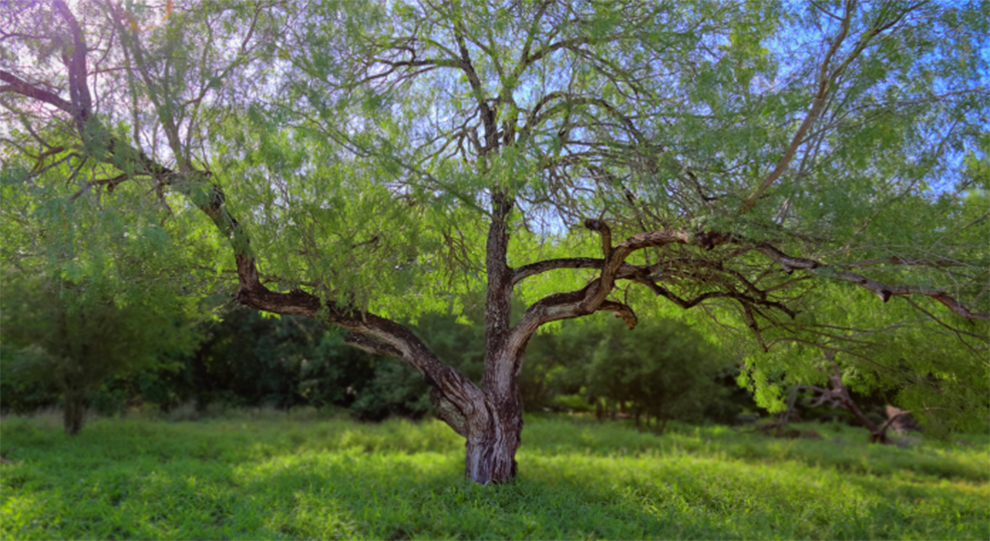
Natural events such as wildfires, floods, and severe storms can impact mesquite growth. These disturbances can cause damage or loss of mesquite trees, but they can also stimulate new growth and regeneration in certain cases.
In areas with limited rainfall or prolonged dry spells, supplemental irrigation can be beneficial for mesquite growth.
Controlled irrigation practices can help maintain soil moisture levels and support the trees during dry periods.
Planting mesquite trees in degraded areas, implementing sustainable land management practices, and promoting natural regeneration can contribute to the growth and recovery of mesquite populations.
Which Is The Fastest-Growing Mesquite Tree?
Chilean and Hybrid mesquite growth rates are exceptional. They are capable of reaching a mature height of 30 to 40 feet and spreading up to 30 feet.
These mesquite hybrids exhibit impressive growth rates, allowing them to establish themselves and attain substantial size in a relatively short period.
